The content of the article
Plantain is a wonderful gift that nature has given to man. Only a few people are currently aware of its many healing properties. Like dandelion, nettle and many other herbaceous plants, it is often considered a simple and useless weed, which should be eradicated as soon as possible from its own garden or garden.
In fact, the plantain has a wide scope:
- It is one of the best medicines for treating wounds, skin irritations, insect bites.
- It has a positive effect on respiratory diseases, and also helps in the treatment of various diseases.
- In addition, plantain is edible.It is often used as a component of salads in combination with other herbs or for the preparation of a variety of delicious dishes.
There are two main types of plantain: lanceolate and large. The first has stronger anti-inflammatory and analgesic properties, and the second is preferable to use for internal diseases.
Useful properties of plantain
The composition of this plant contains many useful substances, including iridoid glycosides, acids (oleanolic, chlorogenic, citric, silicic, succinic, benzoic, oxalic), flavonoids (apigenin, luteolin). The plant contains a lot of vitamins, namely - A, C, K, pectin, carotene and tannins.
Due to the presence of these active ingredients, plantain has:
- antibacterial;
- anti-inflammatory;
- antiseptic;
- and astringent properties.
Indications for use
- This plant is very effective in treating skin diseases, wounds, various inflammations of the skin and mucous membranes.
- It is good for coughing, chronic bronchitis and sinusitis.
- Plantain is used as a natural remedy for colds.
- It is considered useful for the treatment of anemia, hemorrhoids and respiratory diseases.
- The traditional method of using the leaves of this plant is wound dressing to stop bleeding and their healing.
- It is also often used for conjunctivitis and inflammation of the eyelids.
- Topical use is often used for skin problems, as the plantain soothes and prevents redness. It will be useful in case of itching, dermatosis, acne rosacea, inflammation and minor skin lesions. The use of plantain leaf compress is useful as a sedative for insect bites.
Plantain seeds are widely used. So, due to its rich composition, they are used to treat many diseases. Seeds have a certain laxative effect. They are also used to treat such ailments:
- hemorrhoids;
- the so-called enterocolitis;
- intestinal inflammation.
Doctors claim that the plantain seeds perfectly help to cleanse the body of harmful bile acids and even reduce the rate of bad cholesterol in the blood.
Cooked home decoctions of seeds are used for all sorts of skin diseases. Doctors often recommend their patients to take a decoction to reduce blood sugar levels. It helps in the treatment of female infertility. Seeds also have therapeutic and health properties for men. Eating seeds leads to stabilization of the emotional state and helps to fight depression.
Among other useful characteristics of the plantain the following properties should be noted:
- The plant has an antimicrobial effect.
- Seeds are used to treat colitis and, as mentioned above, intestinal inflammation. The fact is that the mucus contained in the seeds immediately envelops the intestinal walls, thus protecting them well from any irritation.
- Psyllium is often used in dentistry. Rinsing the mouth with decoction or tincture helps with stomatitis, periodontal diseases, gum inflammation. Drugs with this plant soothe toothache.
- Plantain perfectly increases appetite and a very beneficial effect on the work of the stomach. And because it will be useful in gastritis with low acidity and is often prescribed for ulcersstomach.
In the field of cosmetology, decoction of plantain leaves is used to cleanse oily skin. To do this, pour the broth into ice forms and freeze. In addition, an infusion of plantain leaves washed hair to improve their condition.
How and when to collect plantain
This plant can be found everywhere. But for collecting for medical purposes, it is recommended to look for places far away from dusty roads and industrial facilities. It is better to collect plants in the morning in dry weather. You can start collecting raw materials in the summer months and in the first half of autumn.
It is recommended to collect not only the leaves, but also the roots and seeds. In this case, the plant is dug out of the ground completely together with the root, for which a dig is made. But it is worth remembering that the seeds are suitable for use when they are fully ripe. Therefore, you should wait until they mature and become brown.
But the leaves can be collected even before the flowering plants. To cut them you can take a garden shears or pruner. After collecting the plantain should be washed in running water, then divided into parts.Separately laid leaves, roots and seeds. Then the raw material should be dried. To do this, it is laid out on a paper or fabric surface in those places that are not exposed to direct sunlight and are well ventilated.
Contraindications and possible side effects
When treating with plantain, it is recommended to pay attention to the available contraindications. External use is suitable for almost anyone, except for those who are allergic to this plant.
For internal use, there are a number of limitations:
- First of all, the use of plantain is not recommended for all those who have gastric juice has an increased level of acidity.
- It is necessary to carefully apply the funds from this plant to patients suffering from bronchial asthma.
- In the case of acute ulcers of the stomach or intestines, the use of a plant is also not recommended.
- It is undesirable to use plantain to treat people who are taking anticoagulants or coagulants, as this changes the effect of their effects.
- It is worth remembering that the consumption of large quantities of this plant can lead to constipation.
- People with a high incidence of blood clots and a high level of blood clotting is undesirable to take psyllium.
- In addition, the treatment of this plant should not be carried out for a long time, as it increases the risk of blood clots.
Recipes with plantain for various diseases
Distinguish between internal and external use of plantain. For external use, it is necessary to impose leaves on the skin, as their juice is able to stop the bleeding with minor cuts and disinfect the wound. For internal use there are various ways.
The most simple recipe: take 3 grams of leaves of a plant (6 teaspoons) and pour a glass of boiling water. Let it brew for 10 minutes, then strain. The drink is ready to eat. It is necessary to drink in the form of heat, one cup twice a day before meals. This recipe will help in the treatment of respiratory diseases. The drink has an expectorant effect, therefore, is able to effectively remove sputum.This tincture can and cool. Then it can be used as a mouthwash, which will help in the treatment and prevention of inflammation in the oral cavity.
When coughing and other diseases, the fresh leaves of the plant will be beneficial. But they are available only in summer. For the rest of the time, it is recommended to use plantain-based cough syrups. Vegetable syrup is considered to be a very effective means for treating the upper respiratory tract, and in both children and adults. They can be purchased at pharmacies, and their cost is significantly lower than synthetic cough medicine. Also, the syrup can be prepared at home.
To prepare the syrup, a large number of young plantain leaves are taken, which are poured into the pan and filled with water. Boil should be two hours. After that, sugar is added in the amount of 600 grams per liter of syrup. At this stage, you can add a few berries of juniper.
Then it is necessary to put the pot on a slow fire again to melt the sugar. After it is melted, you must wait until the syrup cools. Then it is bottled, which is stored in a dry and cool place.
For insect bites and wounds, it is recommended to wash the fresh leaves of plantain and crush them with a rolling pin on a cutting board. The resulting suspension should be applied to the affected area.
To cure neurosis or insomnia, you should use the following tincture recipe. Dried leaves in the amount of 1 tablespoon should be filled with one cup of boiling water. Insist for 10 minutes. Next, strain the drink. Take the tincture is necessary three times a day for 1 tbsp. a spoon. The course of treatment is 1 month. This tincture will also be useful in cardiovascular diseases and hypertension.
Purulent wounds can be treated with fresh leaves. Take a few leaves that should be washed and chopped. Next, they are applied to the wound. The procedure should be repeated several times a day until the wound has healed.
Since fresh leaves are available only in summer, you can preserve the juice of plantain in advance, which can be used to treat wounds and skin diseases at any time of the year. To do this, prepare a lot of young leaves, which are pre-washed. Then they should be crushed to get the juice of the plant.This juice is poured into glass jars, which must be stored in the refrigerator.
Another useful feature of plantain is the ability to reduce pain in the stomach and intestines. But to apply it to the treatment of gastritis, enteritis and ulcers is possible only with low acidity of gastric juice. The substances that make up the plant help to alleviate cramps, relieve pain, promote digestion, and also prevent inflammation and accelerate tissue regeneration.
There are several recipes for the treatment of diseases of the digestive system. The easiest way is to eat freshly washed plantain leaves daily. This will help increase stomach acid, as well as relieve pain.
Another way is to use fresh juice. To do this, 1-2 teaspoons of juice mixed with a similar amount of honey. Take the medication twice a day for one week. This method will be useful when coughing.
Sometimes plantain tea is prepared from the plantain. It has a pleasant aroma and helps in the fight against cough, smoking, nervous disorders and internal pathologies.To make tea, pour the dried leaves of plantain into boiling water. Let it brew for 15 minutes. Drinking tea should be 4 times a day, one glass (200 ml). The drink becomes more pleasant if you add 1 teaspoon of natural honey.
Often used and another recipe for tea. Take 4 tablespoons of dried leaves, which are poured 500 ml of boiling water. Further the cover is covered and from above the capacity is covered with a thick towel. Insist on for two hours. After that, the tea is filtered and consumed in the form of heat 4 times a day, one teaspoon before meals. The recommended tea intake course is seven days.
Tea is made only from dried and finely chopped leaves. Freshly harvested and still green parts of the plant are not suitable for this purpose. They are applied directly to open wounds, juice is extracted or processed to make decoctions and tinctures.
According to user reviews, improvement in the use of these recipes occurs very quickly. The effect is visible after 1-2 days. In the future, this effect will only increase. However, before starting self-treatment, it is recommended to consult a doctor.
Video: therapeutic properties and contraindications of plantain

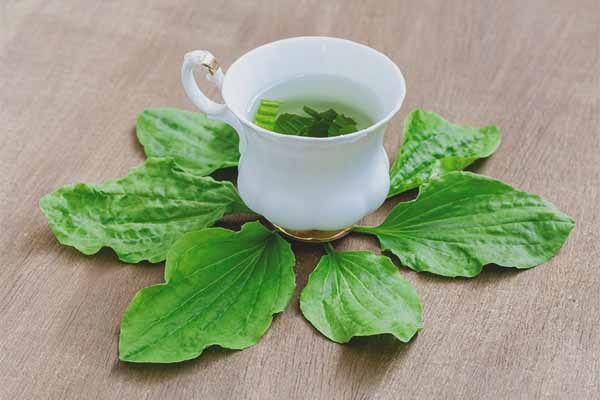
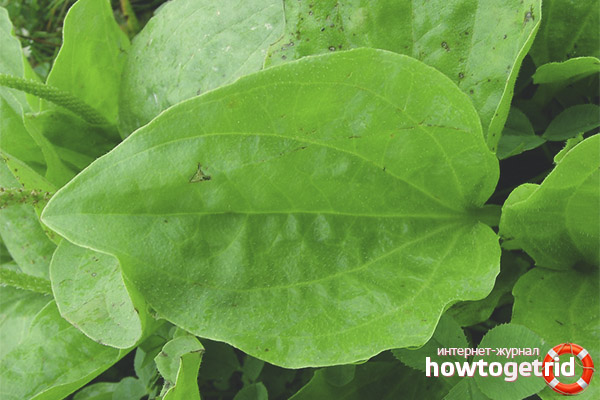
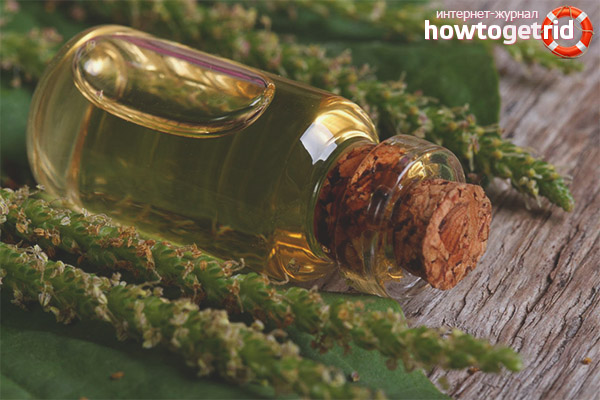


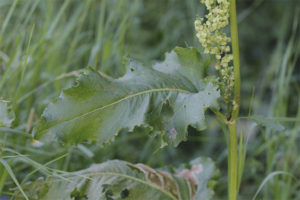
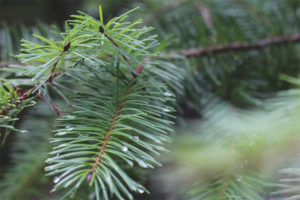


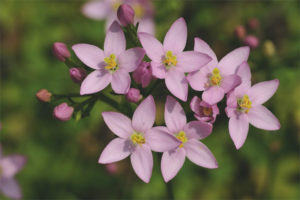
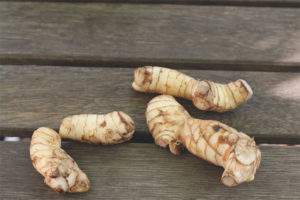
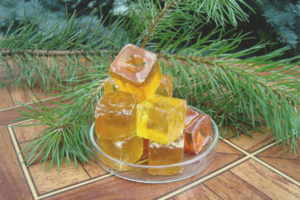
To send